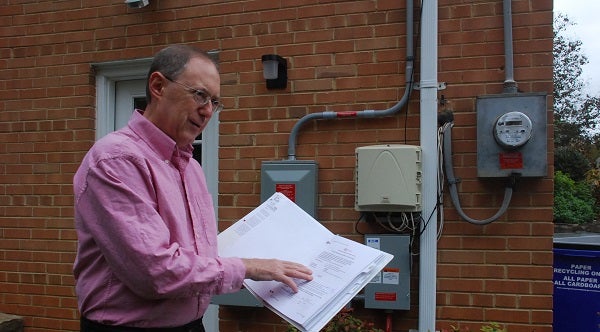Deciphering your utility bill

Before you go solar, it can be helpful to understand what it is you’re currently paying your utility and where the charges come from. Below we’ve broken down the sections from a typical utility bill to help you understand where your money goes.
Rate: This is how much your utility charges based upon the type of dwelling that is being metered. Utilities charge residents, businesses, and industrial facilities different rates. The Florida Public Service Commission is responsible for regulating the state’s utilities and approving their requests for rate increases. These requests are managed through a legal proceeding at the Commission.
Customer charge: The customer charge is paid whether or not you use any electricity or not. This is important for solar customers to consider. Even if you are able to offset all of your energy consumption, there will still be this small charge to pay.
Non-fuel charge: This is the portion of your electric rate that goes to pay for maintaining the transmission system and power plants.
Fuel-charge: This what you pay for the fuel used to generate your electricity.
Storm charge: This charge is to repay bonds resulting from storm cleanup needs from the 2004-2005 hurricane season
Gross receipts tax: This is a tax paid to the state of Florida.
Franchise charge: This is paid to municipalities to allow the utility to operate in their jurisdiction.
Utility tax: This is tax levied by municipalities on utility service.
Below is a bill from the same home after the installation of solar panels.
